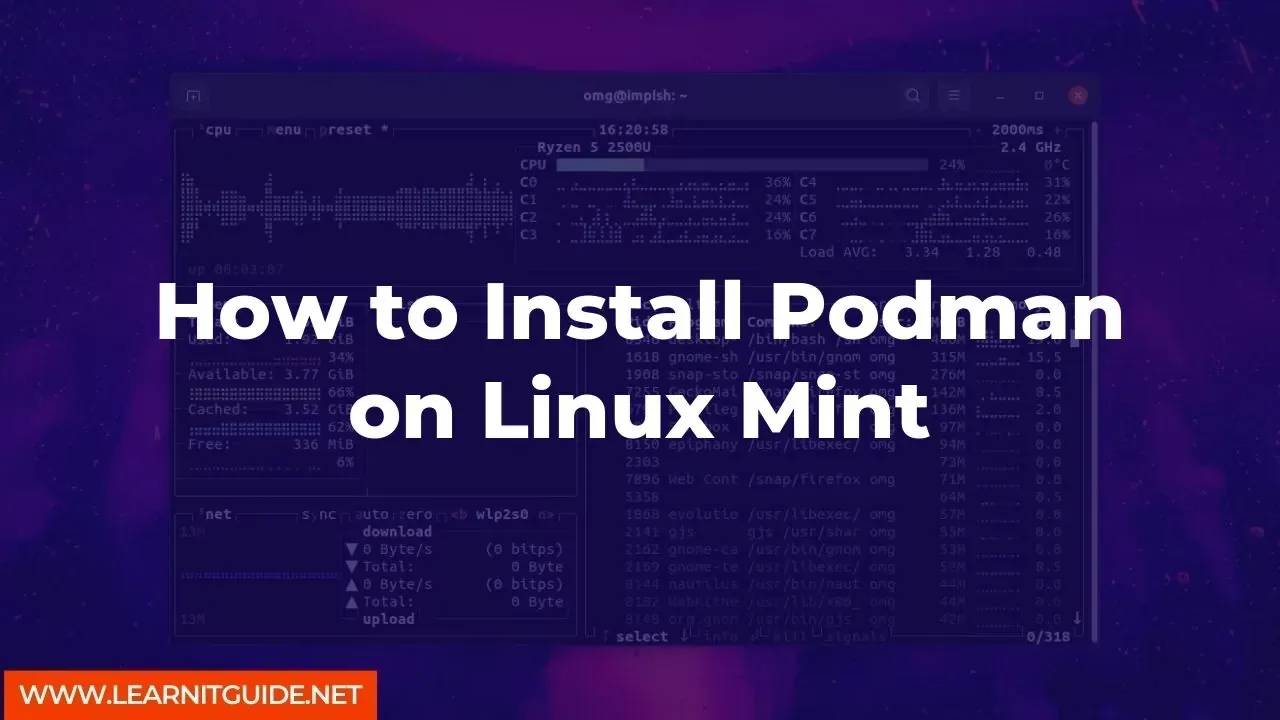Podman is an open-source, lightweight and secure container engine used to manage containers and container images. It is a useful tool for developers and system administrators who work with containers on Linux operating systems. In this article, we will go through the step-by-step instructions on how to install Podman on Linux Mint.
Before we start, make sure that you have sudo privileges on your Linux Mint system.
Step 1: Update your system
The first step in installing Podman on Linux Mint is to update your system. Open the terminal and enter the following command:
sudo apt-get update
This command will update the package lists and ensure that you have the latest version of all packages installed on your system.
Step 2: Install Podman
Once your system is updated, you can proceed with the installation of Podman. Enter the following command in the terminal:
sudo apt-get install podman
This command will install the latest version of Podman on your Linux Mint system.
Step 3: Verify Podman installation
After the installation is complete, you can verify that Podman is installed by running the following command:
podman version
If Podman is installed correctly, you should see the version information displayed on the terminal.
Step 4: Running your first container with Podman
Now that you have installed Podman, you can run your first container. For example, let's run a simple Apache web server container using Podman. Enter the following command:
podman run -d -p 8080:80 httpd
This command will download the latest Apache web server image and run it as a container in detached mode with port 8080 mapped to the container's port 80. You can then access the web server by visiting http://localhost:8080 in your web browser.
Step 5: Managing containers with Podman
Podman provides a set of commands to manage containers. Here are a few basic commands to get you started:
podman ps: Lists all running containerspodman start <container-name>: Starts a stopped containerpodman stop <container-name>: Stops a running containerpodman rm <container-name>: Removes a stopped container
You can find more Podman commands and options by running podman --help.
In this article, we have gone through the step-by-step instructions on how to install Podman on Linux Mint. We have also seen how to run a container using Podman and manage containers using Podman commands. With this knowledge, you can start exploring the world of containers and containerization with Podman.
Related Searches and Questions asked:
That's it for this post. Keep practicing and have fun. Leave your comments if any.








0 Comments